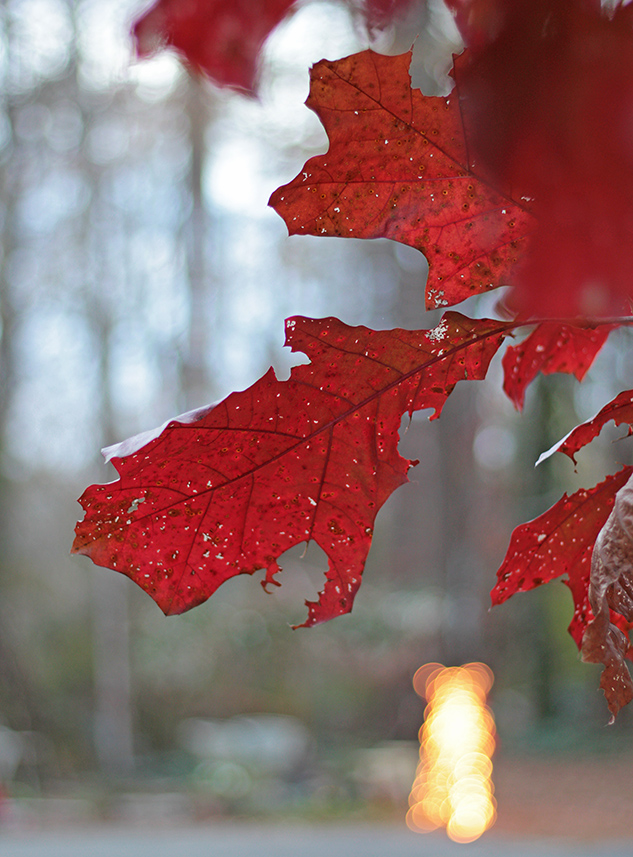Caffeine Priority: Trying out Nikon’s radio-equipped SB-5000 Speedlights with their flagship D5 DSLR
posted Thursday, August 11, 2016 at 6:52 AM EDT
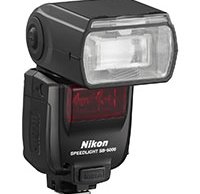
Wake up with IR! Here's today's cup of Caffeine Priority...
Alongside the D5 and D500 DSLR cameras, Nikon also announced the SB-5000 Speedlight back in January. Recently, I've been experimenting with the D5, a pair of SB-5000s and Nikon's WR-10 wireless remote adapter set. While Nikon's flashes have always been easy to use with their Creative Lighting System, this has required line of sight between flash units. This is no longer the case as the SB-5000 is the Japanese company's first radio controllable Speedlight. When using the SB-5000 with either the D5 or D500 DSLR, you can control the SB-5000 units via radio communication within roughly 100 feet as long as you have the WR-10 attached to the 10-pin connector.
Nikon SB-5000 Flash
The new SB-5000 flash (sells for just under US$600) is quite large. It's roughly the same size and weight of the Speedlight SB-910. The SB-5000 includes a cooling system which allows the flash to shoot up to 100 continuous flashes. I never had any issues with the flash overheating during my time with it, but I wasn't pushing it to the limit either. However, I did notice that the SB-5000 units were slightly louder -- although still not too loud -- than other flashes I've used, likely due to the improved cooling system. This new cooling system allows the SB-5000 to fire 120 continuous flashes at 5 second intervals, something not possible with the SB-910 or earlier models.
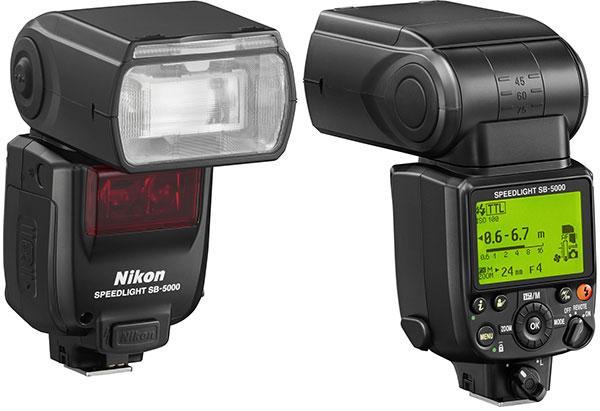
The control layout and display is very similar to the SB-910 Speedlight, which is really to say that it gets the job done. All of the buttons and dials are well-labeled and easy to use; no complaints here. There's also a new 'i' button that puts your most-used settings right at your fingertips. Compared to the SB-910, power has been minimally increased from a guide number of 111.5 feet at ISO 100 to 113 feet for the SB-5000. The tilting range (-7 degrees down to 90 degrees up) and rotational range of 180 degrees to both the left and right is unchanged. The SB-5000 offers 24-200mm lens coverage and 14mm with the wide panel used, which is actually slightly less than the SB-910 which offered 12mm lens coverage with the wide panel and 17mm coverage without it. Flash duration is 1/980s at full output for the new unit and 1/880s for its predecessor. Further, when using Ni-MH (2600 mAh) batteries, the minimum recycling time has been improved by 0.5 second.
Power is not a problem for the SB-5000. I was able to very comfortably use it with 24-inch softboxes even during the daytime and I found it to be a very capable Speedlight. I like the compact size and flexibility of Speedlights and they offer many advantages over larger lighting systems, provided that you can get enough power from the Speedlights for the photos you like to shoot.

Using the SB-5000 Speedlights with the D5
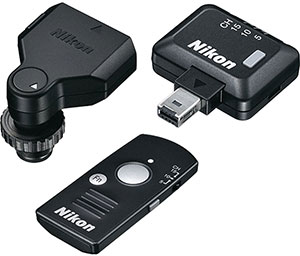
Released in 2013, the WR-10 Wireless Adapter is an interesting device. It was originally used to remotely release the shutter of your compatible Nikon camera from up to 164 feet away. However, Nikon has leveraged the WR-10 for wirelessly controlling radio-capable Speedlights (SB-5000 is currently the only radio-controllable Speedlight in the lineup) when using a compatible camera (currently the D5 and D500).
It's very simple to use. You attach the WR-10A adapter to the 10-pin connector on the camera and then attach the WR-10 to that. It's a small device with some lights and a switch to change between channel 5, 10 or 15. In the D5 (D500) Photo Shooting Menu, you then go to "Flash control," set Wireless flash options to "Radio AWL" and then choose your selected settings for the flashes. I really like how simple it is to control the power of the flashes from the camera's menu.
The WR-R10 can control up to six remote groups of flashes, I tested it with two groups of one flash each.
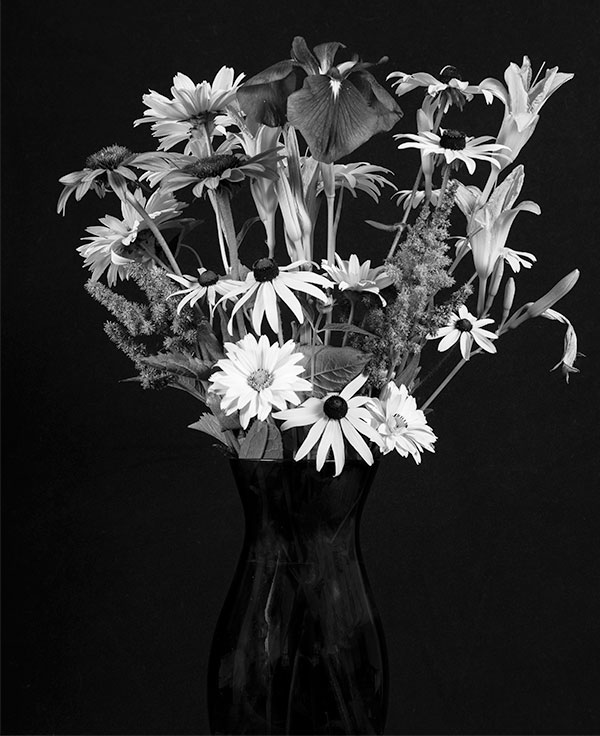
Setting up the SB-5000 and WR-10 for use with the D5 (everything is basically identical when using a D500) was straightforward. I had no issues setting up the flashes or getting them to work. Pairing a flash requires you to select 'Pair' on both the SB-5000 and camera. It worked well in my experience and you'll know it's ready to fire when the status light on the SB-5000 turns green.
I was very pleased with the output levels of the SB-5000 flashes. Sure, they aren't going to offer the power that large strobes will, but they offer a lot of punch for their size and allow you a lot of flexibility. Battery life was as advertised, although I would like to be able to read the battery information from my camera rather than having to check the Speedlights themselves, but that is not a big complaint.
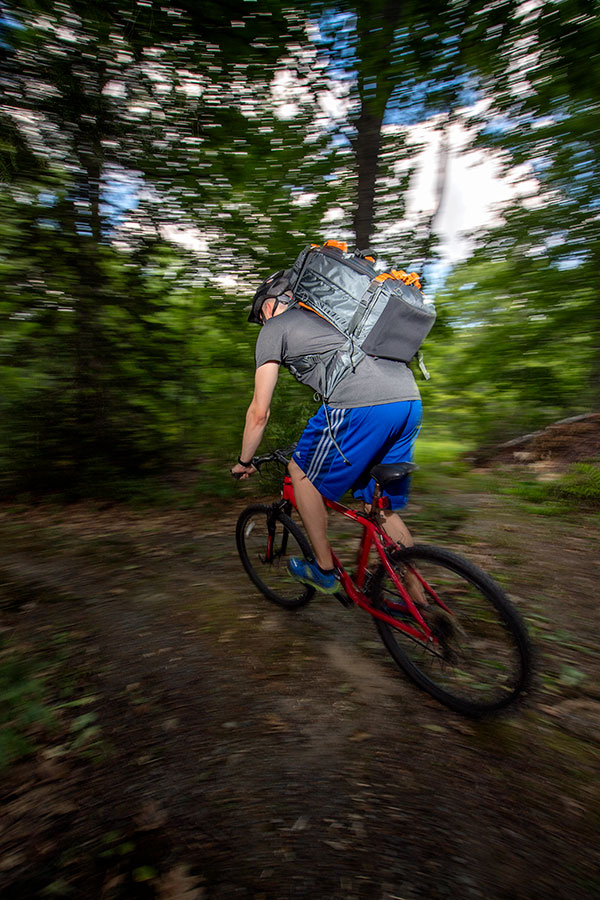
Overall thoughts
Nikon's SB-5000 and WR-R10 allow for D5 and D500 users to very easily utilize a radio flash setup. Shy of adding third-party transmitters and receivers to your gear bag, there's no better or simpler way to get the kind of control and flexibility that the system offers. Independently of the radio functionality, the SB-5000 is Nikon's best Speedlight to date.
• Nikon SB-5000 and Nikon Wireless Remote Adapter set •
Caffeine Priority is a series of short photo-tidbits to ease you into your day, and give us a chance to share a bit more of what life’s like here at IR. We're more like a group of friends testing and talking about cameras and lenses than the buttoned-down, big-corporation world that some of our photo-friends at other companies work in; hopefully these little snippets will share some of that. So... grab another coffee and join in the conversation with us down below!
